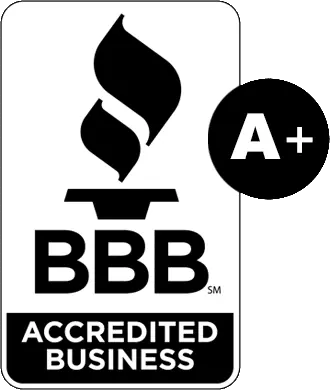Packing up your kitchen for a move doesn’t have to be a headache. Preparation can keep things organized and make sure everything stays intact. While a local moving company can assist, sorting through your kitchen ahead of time makes a big difference. Clear out the pantry first—remove anything expired and set aside donations.
Grab sturdy boxes, bubble wrap, packing paper, tape, and labels to keep everything organized. Wrap fragile items with care, label boxes clearly, and stack heavier things at the bottom. A simple color-coding system and a dedicated spot for packed boxes will make moving day much easier.
Sorting and Decluttering
Go through your kitchen one item at a time and decide what to keep, donate, or toss. Group similar things together—cookware, appliances, utensils, pantry staples—and take a good look at each. If something is broken or hasn’t been used in ages, it might be time to let it go. Check pantry items for expired dates and eliminate anything past its prime. Making a list of what you’re keeping helps keep things organized and avoids last-minute scrambles when packing. Decluttering now makes moving easier and gives you a fresh start in your new kitchen.
Packing Supplies Needed
Gather essential packing supplies to safeguard your kitchen items during the move. Grab a mix of sturdy boxes in different sizes to fit everything properly. Wrap fragile items like glasses and dishes in paper, and use bubble wrap for extra protection on delicate cookware or decorations.
Seal each box tightly with strong packing tape to keep everything secure during the move. Clear labels make a big difference, helping you stay organized and making unpacking easier. Getting these supplies ahead of time keeps your kitchen items safe and takes the stress out of packing.
Organizing Small Items
Sorting and grouping small kitchen items will simplify both packing and unpacking. Separate utensils, measuring spoons, and small gadgets into individual containers or resealable bags. Label these groups clearly to ensure easy identification.
Store these categorized items in small boxes or bins to avoid getting lost in transit. Maximize space by nesting smaller items inside larger ones, such as placing measuring cups inside mixing bowls. Ensure lids are secured on containers to prevent spills. Proper organization of small items will save time and effort when setting up your new kitchen.
Safely Packing Fragile Items
Protecting fragile kitchen items requires careful packing techniques. Wrap glassware, ceramics, and porcelain in packing paper or bubble wrap. Place heavier items at the bottom of the box and lighter, delicate ones on top. Use crumpled paper to fill empty spaces and prevent shifting during transit. For extra protection, double-box particularly fragile items. Mark these boxes as “Fragile” so movers handle them with care. When loading, stack these boxes on top of sturdier ones to avoid breakage. Following these steps will help ensure your fragile kitchen items arrive safely at your new home.
Labeling and Storing Boxes
Labeling and storing boxes correctly will make unpacking easier and keep your kitchen items organized. Mark each box with its contents and the designated room. Use color-coded labels or markers to differentiate between rooms. Heavier items should be packed at the bottom of boxes, with lighter ones on top to prevent damage.
Fragile items should be well-cushioned and clearly labeled. Keep packed boxes in a designated area to avoid clutter and potential accidents. Packing a separate box with essential kitchen items and marking it “Open First” will help you settle in quickly. A well-labeled and organized packing system will make your kitchen setup in your new home much smoother.
Related Topics:







